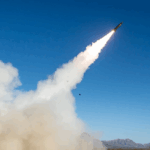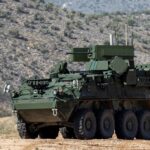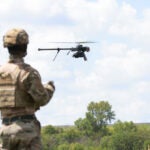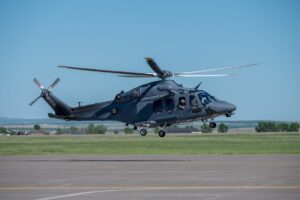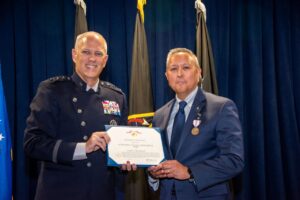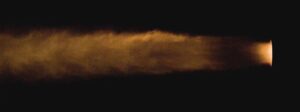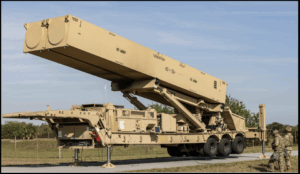
The Eighth Army, part of Combined Forces Korea with Republic of Korea (ROK) units, is able to counter North Korean artillery, according to U.S. Army Maj. Gen. William “Hank” Taylor.
Such North Korean artillery includes Koksan self-propelled guns and 240-millimeter multiple rocket launchers. The Eighth Army and ROK have Multiple Launch Rocket Systems (MLRS) by Lockheed Martin [LMT] for GPS-guided counterbattery fire against North Korean artillery within 40 miles of Seoul.
The number one priority “is making sure we have the most modern equipment that counters those things, and we do that,” Taylor told reporters during the Association of the United States Army conference in Washington, D.C. on Monday. “That’s kind of the things that you see–the Army’s Long Range Precision Fires–and all the things that they continue to do. In the fires domain, we continue to ensure that we are modernizing.”
The Army’s 210th “Thunder” Field Artillery Brigade in the ROK has MLRS.
“The Pentagon should station one or more of its newly-minted Long Range Fires Brigades (LFRBs) at Camp Humphreys in Pyeongtaek [in the ROK],” according to a July brief by the Global Taiwan Institute. “The LFRBs are the Army’s attempt to rectify the reality that many of its traditional assets are unsuited to region-wide wars in Europe or Asia that span vast airspaces or the ocean. The Army’s first LFRB was established under the Indo-Pacific Command and is based in Washington state. It operates missile platforms of ranges far exceeding traditional artillery units, including the Tomahawk cruise missile and the Pentagon’s new Long Range Hypersonic Weapon (LRHW). The two missile systems have ranges of 1,500 and 1,725 miles respectively, and are capable of striking targets on land and at sea. Basing an LFRB in the ROK would allow the Eighth Army to range targets all over North Korea as well as around Taiwan.”
While there have been estimates that North Korean artillery under the Korean People’s Army (KPA) would cause hundreds of thousands of deaths in Seoul, a Texas National Security Review paper this summer questions those estimates.
“Pyongyang’s long-range artillery—like much of the North Korean military—is a shadow of the force it pretends to be,” the paper said. “The list of the KPA’s weaknesses is long: old equipment, poor maintenance, minimal training, and substandard health among soldiers. But the core problem North Korea faces is more fundamental: The KPA has none of the attributes of a force designed to conduct sustained mobile operations, and 21st century warfare is not kind to forces sitting in pillboxes. North Korea’s guns and rockets could cause panic, property damage, and a couple thousand fatalities in Seoul. But doing so would trigger a massive counterbattery strike, which would rapidly neutralize one of North Korea’s most feared tools of war.”
In July, the 25th Infantry Division at Schofield Barracks, Hawaii, said that it plans to replace eight 105mm and six 155mm howitzers with 16 High Mobility Artillery Rocket System (HIMARS) launchers by Lockheed Martin (Defense Daily, July 15). The “shoot and scoot” HIMARS is mounted on a truck chassis, while MLRS is on a tracked chassis. HIMARS is less than half the weight of the 25-ton MLRS.
Taylor, who was the director of Army Aviation from 2022 to 2023, said on Monday that HIMARS and the coming Bell [TXT] MV-75 Future Long Range Assault Aircraft “are increases in lethality and capability.”
“That’s the benefit of modernization, taking systems that we know work, that we know we can maintain and are useful, that’s gonna be an increase in readiness,” he said.
The Eighth Army’s 2nd Combat Aviation Brigade at Camp Humphreys has Lockheed Martin Sikorsky UH-60 Black Hawk helicopters and Boeing [BA] CH-47 Chinook and AH-64 Apache helicopters.



